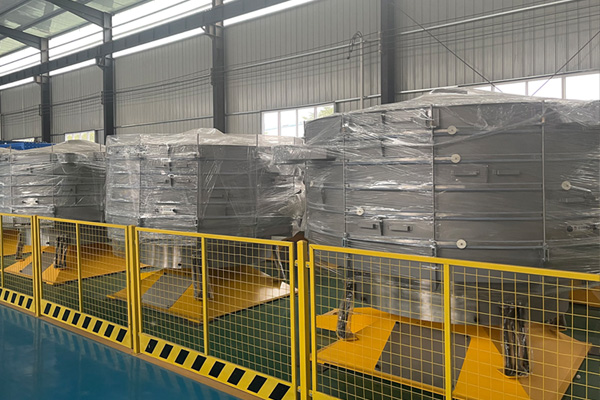
As a decision-maker, the most important considerations when purchasing screening equipment are return on investment (ROI), whether the equipment can improve product quality, reduce overall costs, and operate stably with minimal downtime. Choosing a circular tumbler screen is no exception. Before requesting a quote, please understand the following three key questions to help you make an informed decision.
Question 1: What are the exact properties of my material? — This is fundamental to your selection.
Screening equipment serves the material, and material properties are the decisive factor in your selection. Be sure to clarify:
Physical state: Is it a dry powder, granules, or a slurry with a certain amount of moisture?
Particle shape and properties: Is it fragile crystals, hard abrasives, or a light, static-prone fibrous powder?
Chemical properties: Is it corrosive (requiring special materials such as 304/316 stainless steel)? Are there any hygienic requirements (such as food- or pharmaceutical-grade polishing)?
Screening objectives: Do you want precise grading (separating into several different sizes) or simply removing impurities (a single pass to separate acceptable products from oversized impurities)? If your material is fragile, prone to agglomeration, requires high precision, and requires clean screening, a circular oscillating screen is almost certainly your best choice. For materials like ore and sand that require high throughput and low precision, linear screens and other screening equipment may be more economical.
Question 2: What are my production goals? — This is the key to your selection.
After clarifying "what to screen," the next step is to determine "how much to screen" and "how well to screen."
Processing capacity (output): How many tons/cubic meters of material do you need to process per hour or day? This is key to determining the size of the equipment.
Screening precision (mesh size): What mesh size do you require the finished product to pass through? This precision directly determines the equipment's process design, such as the screen area and number of layers.
Automation requirements: Does the machine need to be operated stand-alone or integrated into an automated production line? This determines whether supporting equipment such as feeders, conveyors, and dust collectors are required.
Be sure to provide the equipment supplier with accurate production goals. A oscillating screen with a processing capacity of 1 ton/hour and 5 tons/hour can have significant differences in size and price. Don't try to "use a small horse to pull a big cart" or "use a large horse to pull a small cart."
Question 3: How do I consider my budget and long-term costs? — This is the wisdom of choice.
Decision-makers shouldn't just look at the purchase price; they need to consider the comprehensive cost.
Initial investment: the purchase cost of the equipment itself.
Operating costs: This includes power consumption, the frequency and cost of replacing wearing parts like the screen. The long lifespan of a vibrating screen offers a long-term advantage in this regard.
Maintenance costs: Is the equipment easy to clean and maintain? What is the failure rate? Is after-sales service timely?
Opportunity costs: A high-quality vibrating screen can reduce product breakage, improve product quality, and increase sales price. These hidden benefits are substantial.
Choosing a circular tumbler screen is, in a sense, an investment in quality. While the initial investment may be higher than that of a standard vibrating screen, the long-term benefits in terms of material protection, improved quality, reduced losses, and reduced downtime far outweigh the initial price difference.

Understanding the three key elements of material, objectives, and cost will allow you to take the initiative when communicating with suppliers, clearly articulate your needs, and ultimately select the right circular tumbler screen that truly adds value to your production line. As one of Mirant Xinxiang Machinery's core products in intelligent screening, the circular tumbler screen, with its superior screening and grading capabilities, has earned widespread recognition as a solution for screening production lines across numerous industries. We consistently adhere to the principles of "quality assurance, reputation first, quality-oriented, and win-win cooperation," and are guided by customer needs, ensuring the manufacture of high-quality products with stable performance, superior quality, attractive appearance, and easy operation. If you have any questions or needs regarding circular tumbler screen, please feel free to contact us and we will provide you with professional and timely service.
Clearly separated particles, intelligent screening— Mirant Xinxiang Machinery.